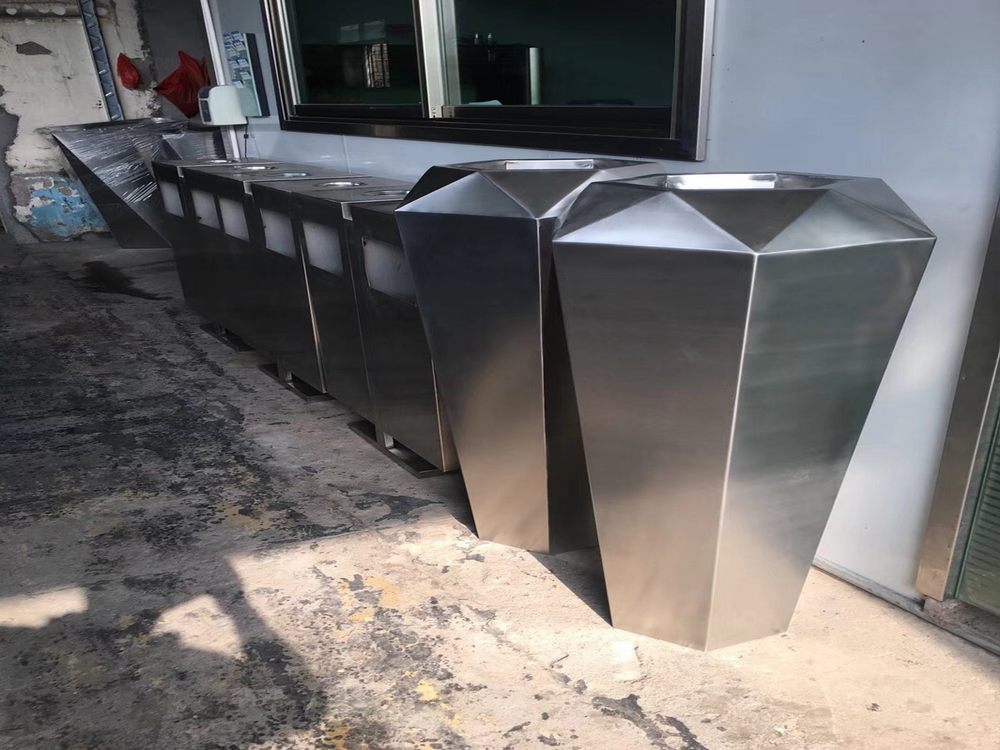
Porcelain sculptures with kinetic or moving parts represent a fascinating intersection of traditional ceramic art and modern mechanical ingenuity. Artists achieve these dynamic creations through meticulous planning and innovative techniques, pushing the boundaries of what porcelain can do.
The process begins with designing the sculpture's movement mechanism. Artists often sketch detailed blueprints, considering balance, weight distribution, and motion range. They may incorporate simple pivots, rotating joints, or more complex gear systems, all while ensuring the fragile porcelain can withstand the stresses of movement.
Material selection is crucial. Artists frequently use high-fired porcelain for its strength and durability, sometimes reinforcing critical areas with internal armatures. The clay must be carefully wedged and worked to achieve uniform consistency, preventing weak points that could fracture during movement.
Firing presents unique challenges. Components are often fired separately at slightly different temperatures to account for varying thicknesses. Some artists employ specialized kiln furniture to support pieces during firing, preventing warping that could impair movement.
Assembly requires precision. After firing, artists carefully fit moving parts together, sometimes using ceramic or metal bearings to reduce friction. They may apply specialized glazes that won't chip during motion, or leave certain areas unglazed for better grip.
Contemporary artists are exploring new frontiers by combining porcelain with other materials like metals or polymers to enhance durability. Some incorporate magnets or counterweights to create mesmerizing, self-balancing sculptures. Others use air currents or subtle vibrations to activate movement, creating ever-changing artworks.
These kinetic porcelain sculptures challenge our perception of ceramics as static objects, transforming them into living artworks that engage viewers through motion and transformation. The delicate dance between fragility and movement continues to inspire artists worldwide to innovate in this captivating art form.

